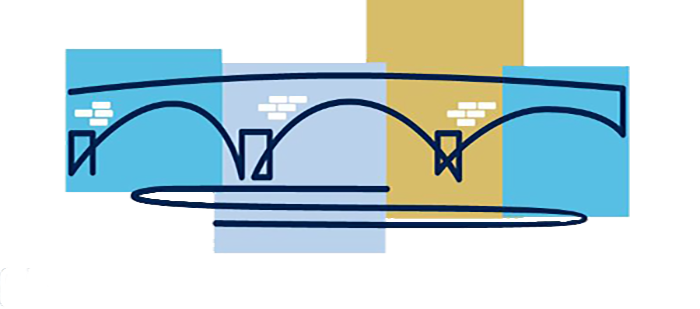2021 Water Quality Report

 2021 WATER QUALITY REPORT FOR
2021 WATER QUALITY REPORT FOR
CASCADE MUNICIPAL WATER SUPPLY
This report contains important information regarding the water quality in our water system. The source of our water is groundwater. Our water quality testing shows thi:; following results:
|
CONTAMINANT |
MCL-(MCLG) |
Compliance |
Date |
Violation |
Source |
|
|
|
|
Type |
Value & (Range). |
|
Yes/No |
|
|
Lead (ppb) |
AL=l5 (0) |
90th |
0.00 (ND- I) |
2019 |
No |
Corrosion of household plumbing systems; erosion of natural deposits |
|
. Copper (ppm) -:. |
A-L=l.3 (1.3) |
90th |
0.26 (0.03 - 0.42) |
2019 |
No |
Corrosion of household plumbing systems; Erosion of natural depo,sits;..Leaching from wood preservatives |
|
950 - DISTRIBUTION SYSTEM |
||||||
|
Chlorine (ppm) |
MRDL=4.0 (MR.DLG=4.0) |
RAA |
2.4 (1.2 - 3.4) |
0913012021 |
No |
Water additive used to control microbes |
|
02 - WELL HOUSE SINK, #5 |
||||||
|
Gross Alpha, inc (pCi/L) |
15 (0) |
SGL |
3.1 |
0410212018 |
No |
Erosion of natural deposits |
|
Sodium (ppm) |
NIA (NIA) |
SGL |
73 |
0410612020 |
No |
Erosion of natural deposits; Added to water during treatment process |
|
03 -TAP IN WELL HOUSE, #6 |
||||||
|
Gross Alpha, inc (pCi/L) |
15 (0) |
SGL |
2.4 |
01/0512021 |
No |
Erosion of natural deposits |
|
Sodium (ppm) |
NIA (NIA) |
SGL |
76 |
08/05/2019 |
No |
Erosion of natural deposits; Added to water during treatment process |
Note: Contaminants with dates indicate results from the most recent testing done in accordance with regulations.
DEFINITIONS
- Maximum Contaminant Level (MCL)-The highest level ofa contaminant that is allowed in drinking water. MCLs are set as close to the MCLGs as feasible using the best available treatment technology.
- Maximum Contaminant Level Goal (MCLG) -- The level of a contaminant in drinking water below which there is no known or expected risk to health. MCLGs allow for a margin of safety.
- ppb -- parts per billion.
- ppm -- parts per million.
- pCi/L - picocuries per liter
- NIA- Not applicable
- ND -- Not detected
- RAA - Running Annual Average
- Treatment Technique (TT) -A required process intended to reduce the level of a contaminant in drinking water.
- Action Level (AL) - The concentration of a contaminant which, if exceeded, triggers treatment or other requirements which a water system must follow.
- Maximum Residual Disinfectant Level Goal (MRDLG) - The level of a drinking water disinfectant below which there is no known or expected risk to health. MRDLGs do not reflect the benefits of the use of disinfectants to control microbial contaminants.
- Maximum Residual Disinfectant Level (MRDL) - The highest level of a disinfectant allowed in drinking water. There is convincing evidence that addition of a disinfectant is necessary for control of microbial contaminants.
- SGL - Single Sample Result
- RTCR - Revised Total Coliform Rule
- NTU - Nephelometric Turbidity Units
 GENERAL INFORMATION
GENERAL INFORMATION
Drinking water, i,ncluding bottled water, may reasonably be expected to contain at least small amounts of some contaminants. The presence of contaminants does not necessarily indicate that water posed a health risk. More information about contaminants or potential health effects can be obtained by calling the Environmental Protection Agency's Safe Drinking Water Hotline &00-426- 479 l).
Some people may be more vulnerable to contaminants in drinking water than the general population. Imma.no-compromised persons such as persons with cancer undergoing chemotherapy persons who haye undergone organ transplants, people with HIV/AIDS or other immune system disorders, some elderly, and infants can be particularly at risk from infections. These people should seek advice about drinking water from their health care providers. EPA/CDC guidelines on appwpriate means to lessen the ri.sk of infection by C1yptospo1·idium and other microbial contaminants are available from the Safe Drinking Water Hotline 800-426-4791).
If present elevated levels of lead can cause serious health problems, especially for pregnant women and young children. Lead in drinking water is primarily-from materials and components associated with service lines and home plumbing. CASCADE MUNICIPAL WATER SUPPLY is responsible for providing high quality drinking water, but cannot control the variety of materials used in-plumbing components. When your water has been sitting for several hours, you can minimize the _potential for lead ex-posure by flushing your tap for 30 seconds·to 2 minutes before using water for drinking or cooking. If you are concerned about lead in your water, you may wish to have your ater testeg, lnformatio,n_on lead in clrinkil:lg water,testirig-methoMan.a steps you can take to
- minim1ze exposure 1s available from the Safe Drinking Water Hotline or at http://www.epa.gov/safewater/lead.
SOURCE WATER ASSESSMENT INFORMATION
This water supply obtains its water from the sandstone and dolomite of the Cambrian-Ordovician aquifer. The Cambrian-Ordovician flquifer was determined to have low Slll>ceptibility to contamination because the characteristics of the aquifer and overlying materials provide natural protection from contaminants at the land surface. The Cambrian-Ordovician wells will have low susceptibility to surface contaminants such as leaking underground storage tanks, contaminant spills, and excess fertilizer application. A detailed evaluation of your source water was completed by the Iowa Department of Natural Resources, and is available from the Water Operator at 563-852-3114 .
CONTACT INFORMATION
For questions regarding this information or how you can get involved in decisions regarding the water system, please contact CASCADE MUNICIPAL WATER SUPPLY at 563-852-3114.















